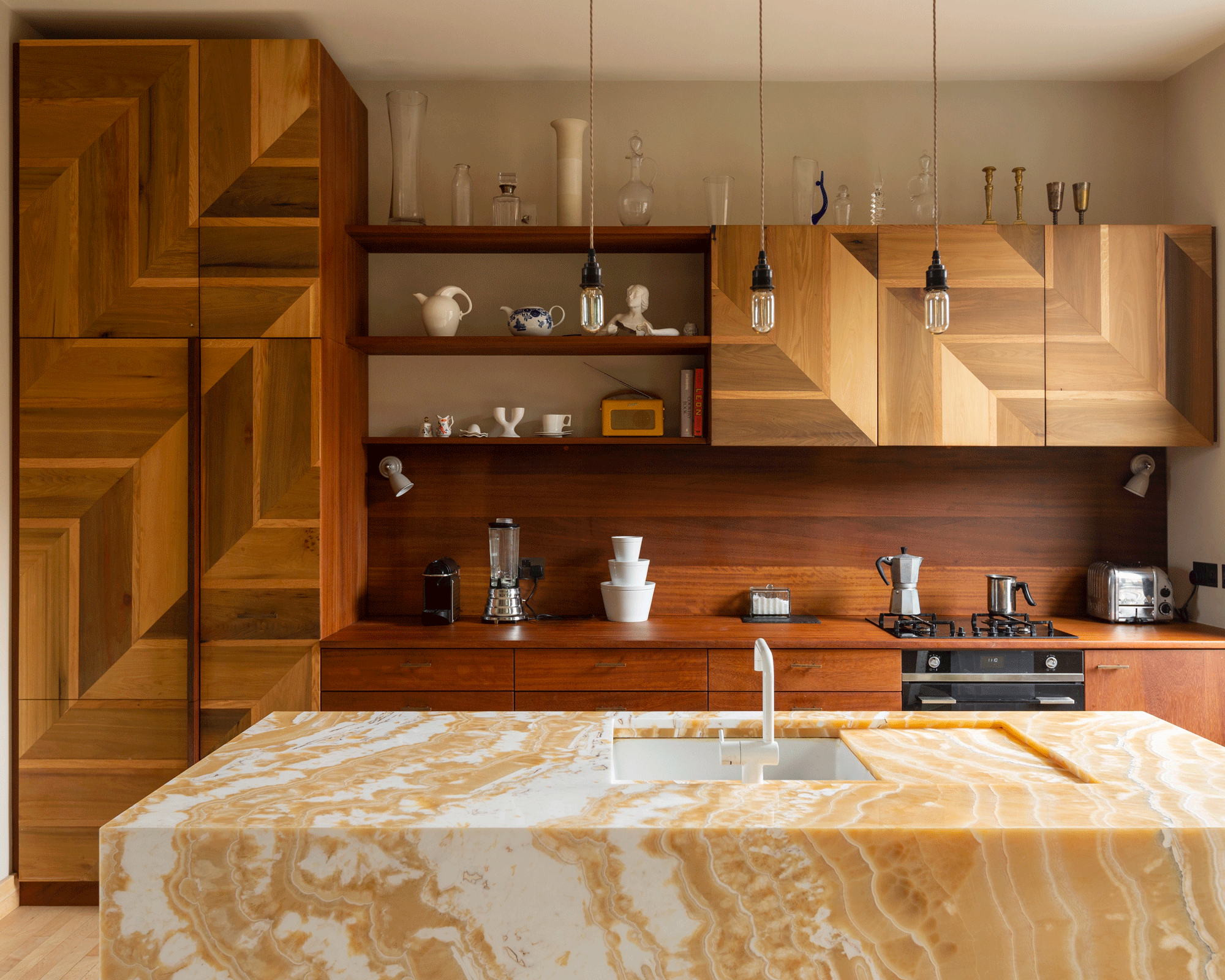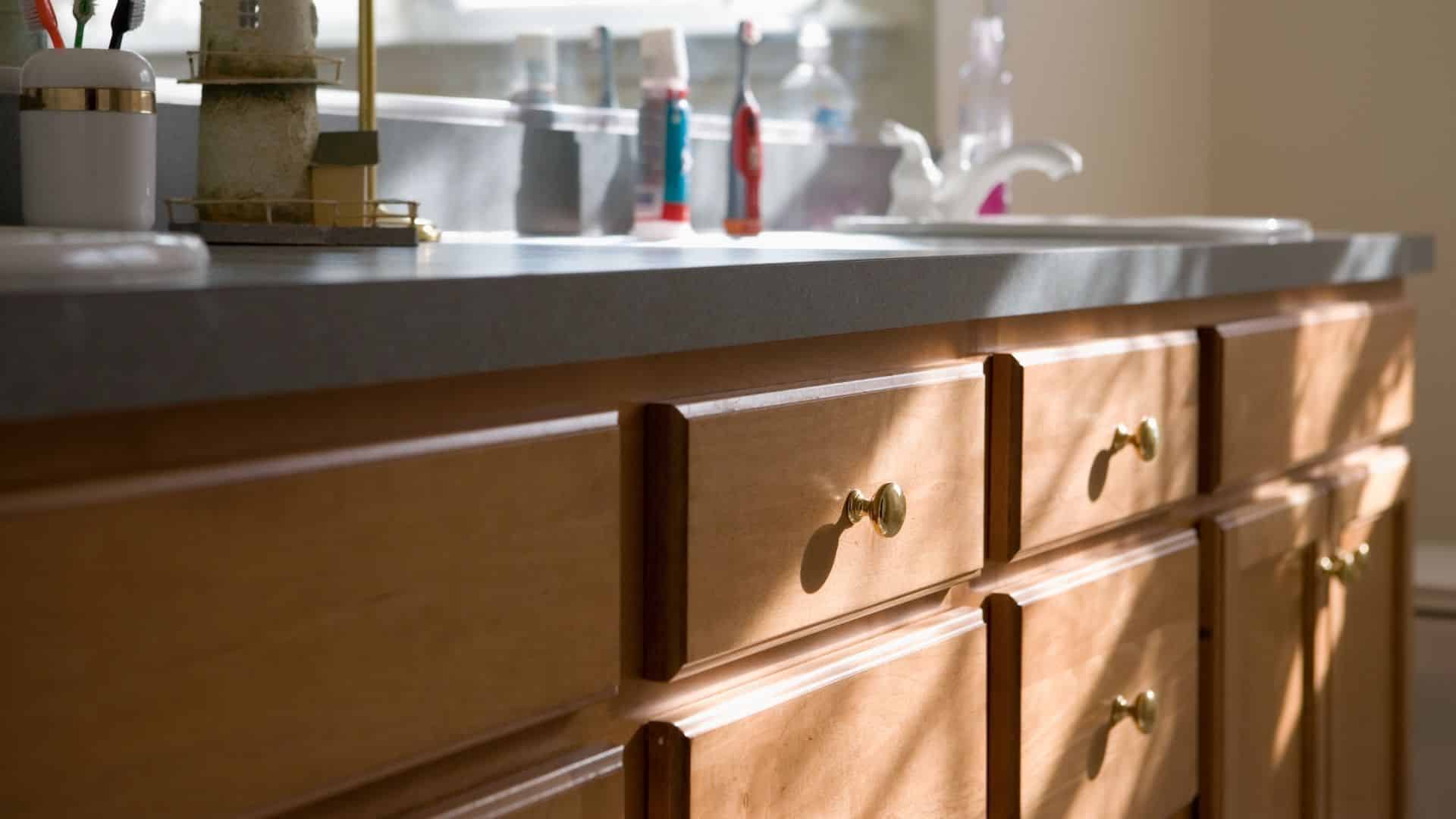Factors to Consider When Choosing Wood for Bathroom Cabinets

The bathroom is a unique environment, characterized by high humidity and frequent temperature fluctuations. These factors can significantly impact the longevity and appearance of bathroom cabinets. Choosing the right wood for your bathroom cabinets is crucial to ensure they withstand these conditions and remain beautiful for years to come.
Moisture Resistance
The most important factor to consider when selecting wood for bathroom cabinets is its moisture resistance. Exposure to moisture can cause wood to warp, crack, and decay, leading to costly repairs or even replacement. Therefore, it is essential to choose wood species that are naturally resistant to moisture and decay.
Naturally Moisture-Resistant Wood Species
- Teak: Teak is a highly prized hardwood known for its exceptional durability and natural oil content, which makes it resistant to water damage, rot, and insect infestation. Teak is often used for outdoor furniture and decking due to its remarkable weather resistance. However, it is an expensive option.
- Cedar: Cedar is another durable hardwood with a distinctive aroma that repels insects. It is naturally resistant to decay and moisture, making it a good choice for bathroom cabinets. Cedar is often used for outdoor structures and closets, showcasing its durability.
- Mahogany: Mahogany is a dense hardwood known for its rich color and beautiful grain pattern. It is naturally resistant to moisture and decay, making it a suitable option for bathroom cabinets. Mahogany is often used for furniture and high-end cabinetry.
- Oak: Oak is a strong and durable hardwood that is relatively resistant to moisture and decay. However, it is important to choose a properly dried and finished oak to prevent warping or cracking. Oak is a popular choice for furniture, flooring, and cabinetry.
- Cherry: Cherry is a beautiful hardwood with a warm reddish-brown color. While not as naturally moisture-resistant as other woods on this list, it can be treated with a sealant to improve its moisture resistance and longevity. Cherry is often used for furniture, cabinetry, and flooring.
Engineered Wood for Bathroom Cabinets
Engineered wood is a man-made material created by combining wood veneers, fibers, or particles with adhesives. Engineered wood is often used for bathroom cabinets because it is typically more affordable and less prone to warping or cracking than solid wood.
Advantages of Engineered Wood
- Affordability: Engineered wood is generally more affordable than solid wood, making it a budget-friendly option for bathroom cabinets.
- Stability: Engineered wood is less prone to warping, cracking, and shrinkage than solid wood, especially in humid environments.
- Consistency: Engineered wood offers consistent quality and appearance, ensuring uniformity throughout the cabinet.
Disadvantages of Engineered Wood
- Less Durable: Engineered wood is generally less durable than solid wood and may not withstand heavy use or scratches as well.
- Limited Refinishing: Engineered wood can be more difficult to refinish than solid wood, limiting its potential for future customization.
- Formaldehyde Concerns: Some types of engineered wood, such as plywood, may contain formaldehyde, a volatile organic compound that can release harmful fumes.
Durability of Wood Finishes in a Humid Environment
The finish applied to bathroom cabinets plays a crucial role in protecting them from moisture damage. Different finishes offer varying levels of durability and moisture resistance.
Paint
Paint is a popular finish for bathroom cabinets due to its affordability and versatility. High-quality paints, especially those formulated for high-moisture environments, can provide excellent protection against moisture and mildew.
Varnish
Varnish is a clear coating that enhances the natural beauty of wood while providing a protective layer. Marine varnish is specifically designed for use in humid environments and offers superior moisture resistance. However, varnish can be susceptible to scratches and may require regular maintenance.
Oil
Oil finishes, such as tung oil or linseed oil, penetrate the wood pores and provide a natural protective layer. Oil finishes can enhance the wood’s color and grain pattern. However, they offer less moisture resistance than paint or varnish and require regular reapplication.
Environmental Concerns
When choosing wood for bathroom cabinets, it is essential to consider the environmental impact of your selection. Some wood species are more sustainable than others, and certain manufacturing processes can contribute to deforestation and habitat loss.
- Sustainable Wood Sources: Look for wood that is certified by organizations such as the Forest Stewardship Council (FSC), which promotes responsible forest management practices. FSC-certified wood ensures that it comes from forests that are managed sustainably and responsibly.
- Local Wood Species: Consider using wood species that are native to your region. This reduces the need for long-distance transportation, which lowers the environmental impact.
- Engineered Wood Options: While some engineered wood products may contain formaldehyde, there are environmentally friendly options available. Look for engineered wood products made from recycled wood or rapidly renewable resources.
Popular Wood Choices for Bathroom Cabinets: Best Wood For Bathroom Cabinet

Selecting the right wood for your bathroom cabinets is a crucial decision that influences both the aesthetics and functionality of your space. The chosen wood species should not only complement your bathroom’s style but also withstand the unique challenges of a humid environment.
Popular Wood Species for Bathroom Cabinets, Best wood for bathroom cabinet
Here’s a breakdown of popular wood species, their key characteristics, pros, and cons, highlighting their suitability for bathroom cabinets:
| Wood Species | Key Characteristics | Pros | Cons |
|---|---|---|---|
| Oak | Hardwood, strong, durable, distinctive grain pattern | Resistant to moisture, scratches, and dents, classic and elegant look | Expensive, can be heavy, may require special finishing for moisture resistance |
| Maple | Hardwood, strong, dense, fine grain | Durable, resistant to scratches and dents, smooth finish | Can be susceptible to moisture damage if not properly sealed, may be expensive |
| Cherry | Hardwood, strong, rich color, beautiful grain pattern | Warm and elegant look, ages gracefully, durable | Susceptible to moisture damage if not properly sealed, can be expensive |
| Walnut | Hardwood, strong, unique grain pattern, rich color | Elegant and sophisticated look, durable, moisture-resistant | Expensive, can be heavy, may require special finishing for moisture resistance |
| Mahogany | Hardwood, strong, beautiful grain pattern, rich reddish-brown color | Elegant and luxurious look, durable, moisture-resistant | Expensive, can be heavy, may require special finishing for moisture resistance |
| Pine | Softwood, affordable, light weight, knotty grain | Affordable, easy to work with, adds rustic charm | Soft, prone to scratches and dents, requires regular maintenance |
| Redwood | Softwood, naturally resistant to moisture and decay, distinctive reddish-brown color | Durable, naturally resistant to moisture, adds a rustic touch | Can be expensive, may require special finishing for a smooth surface |
The wood species you choose will significantly impact the overall aesthetic and style of your bathroom. For instance, oak, with its distinctive grain pattern, lends a classic and elegant feel, while maple’s fine grain contributes to a more modern and sleek look. Walnut, with its unique grain pattern and rich color, exudes sophistication and luxury.
Consider the natural beauty of each wood species. Oak, with its bold, intricate grain pattern, creates a sense of depth and character. Maple, with its subtle, fine grain, provides a clean and minimalist aesthetic. Walnut, with its distinctive swirls and knots, adds a touch of rustic charm and sophistication. Each wood species offers a unique visual experience, allowing you to create a bathroom that reflects your personal style.
Tips for Maintaining Bathroom Cabinets

Maintaining bathroom cabinets is essential for preserving their beauty and functionality. Proper care can extend their lifespan and prevent costly repairs. This section provides practical tips for keeping your bathroom cabinets in top condition.
Cleaning and Maintaining Bathroom Cabinets
Cleaning bathroom cabinets regularly is crucial to prevent dirt, grime, and moisture buildup. Different wood species require specific cleaning methods.
- Hardwood Cabinets: Hardwood cabinets, such as oak, maple, and cherry, are generally durable. Use a damp cloth with mild soap to wipe down the surfaces. Avoid harsh chemicals and abrasive cleaners that can damage the finish. For stubborn stains, consider using a wood cleaner specifically designed for hardwood. After cleaning, dry the surfaces thoroughly to prevent moisture damage.
- Softwood Cabinets: Softwoods, such as pine and cedar, are more susceptible to scratches and dents. Use a soft cloth and mild soap for cleaning. Avoid using abrasive cleaners or sponges. For stubborn stains, try a wood cleaner formulated for softwoods. Always dry the surfaces thoroughly after cleaning.
- Painted or Varnished Cabinets: Painted or varnished cabinets offer a protective layer. Use a damp cloth with mild soap to clean. Avoid harsh chemicals or abrasive cleaners that can damage the finish. For stubborn stains, try a cleaner specifically designed for painted or varnished surfaces. Dry the surfaces thoroughly after cleaning.
Common Problems and Solutions
Bathroom cabinets are susceptible to various problems due to their humid environment. Recognizing and addressing these issues promptly can prevent further damage.
- Water Damage: Water damage is a common problem in bathrooms. Leaks from faucets, pipes, or showers can seep into cabinets, causing warping, swelling, and mold growth. Regularly check for leaks and address them immediately. If water damage occurs, dry the affected areas thoroughly and consider professional assistance for repairs.
- Mold and Mildew: Mold and mildew thrive in humid environments. These microorganisms can cause discoloration and damage to cabinets. Clean mold and mildew promptly using a solution of bleach and water. Ensure adequate ventilation in the bathroom to prevent their growth. Consider using a dehumidifier to control humidity levels.
- Scratches and Dents: Scratches and dents are common on bathroom cabinets. Use a wood filler to repair minor scratches and dents. For deeper scratches, consider sanding and refinishing the affected area. Protect the cabinets from further damage by using drawer liners and door bumpers.
Applying Protective Finishes
Protective finishes enhance the longevity and beauty of bathroom cabinets. Applying finishes correctly is crucial for their effectiveness.
- Cleaning the Surface: Before applying any finish, thoroughly clean the cabinet surfaces with a mild soap and water solution. Allow the surfaces to dry completely. Sanding the surfaces lightly can create a smoother finish for the protective coating.
- Choosing the Right Finish: Select a finish suitable for the wood type and desired look. Polyurethane is a popular choice for bathroom cabinets due to its durability and moisture resistance. Other options include varnish, wax, and oil finishes. Consult with a professional for advice on the best finish for your specific needs.
- Applying the Finish: Follow the manufacturer’s instructions for applying the chosen finish. Use a brush, roller, or spray gun for application. Apply thin coats in a well-ventilated area. Allow each coat to dry completely before applying the next. For best results, apply several coats of finish.
Essential Tools and Supplies
Having the right tools and supplies on hand can make maintaining bathroom cabinets easier.
- Cleaning Supplies: Mild soap, damp cloth, wood cleaner, bleach, water, and a spray bottle are essential for cleaning and disinfecting cabinets.
- Repair Supplies: Wood filler, sandpaper, paint, varnish, brush, roller, and a spray gun are useful for repairing scratches, dents, and applying protective finishes.
- Other Supplies: A dehumidifier, drawer liners, door bumpers, and a measuring tape can help prevent damage and maintain the cabinets’ functionality.
